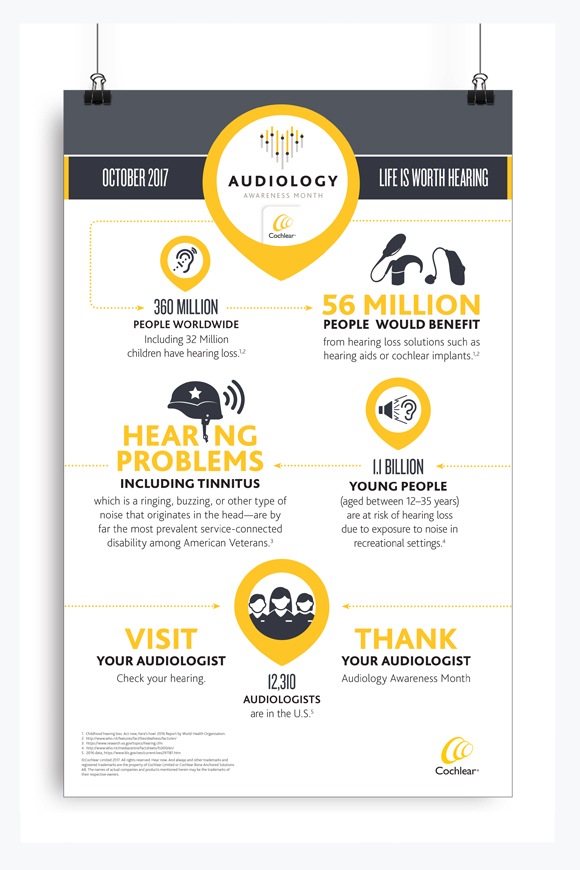When you think of dyslexia, it's very easy to forget the considerable duty auditory processing plays in an individual's capacity to link sounds with letters. You could question just how targeted interventions can make a difference. By recognizing the nuances of auditory handling, you can explore evidence-based approaches that really support those dealing with these obstacles. Whether it's with phonological recognition training or multisensory strategies, the right support can transform finding out experiences. However what particular methods are most effective, and exactly how can you implement them for lasting effect?
Comprehending Auditory Processing
When it involves recognizing acoustic handling, you could be shocked by how essential it's for analysis and language advancement. Auditory processing describes how your brain analyzes and understands sounds you hear, consisting of speech. This ability is necessary for recognizing phonemes, which are the foundation of words.
If you struggle with auditory processing, you may locate it challenging to decode words, resulting in problems in reading. You may observe that people with dyslexia often have problem with acoustic handling, making it harder for them to connect audios with letters. This disconnect can cause sluggish analysis, poor spelling, and challenges in adhering to verbal directions.
Recognizing these indications early can assist you understand the underlying concerns and resolve them effectively.
In addition, acoustic handling isn't practically hearing; it includes attention, memory, and the ability to arrange audios. If why do kids walk on tip toes can improve these abilities, you'll likely see much better results in reading and total language understanding.
Understanding exactly how Source Webpage can empower you to seek the right approaches and assistance to assist overcome these difficulties. Understanding this aspect is the first step towards effective intervention.
Evidence-Based Treatments
Efficient evidence-based interventions can significantly enhance auditory processing skills in individuals with dyslexia. One proven approach is phonological awareness training. This technique assists you establish the ability to acknowledge and control noises in talked language, which is vital for reviewing and composing. Programs usually include activities like poetry, segmenting, and mixing noises, making it interactive and engaging.
An additional reliable intervention is making use of multisensory mentor techniques. Combining visual, acoustic, and kinesthetic cues can reinforce knowing. For example, using colored letters or blocks while saying sounds out loud can develop stronger connections in your brain.
In https://dyslexia-friendlyfonts89876.blogsvila.com/32965368/uncover-how-technology-can-change-the-discovering-experience-for-people-with-dyslexia , computer-assisted interventions like acoustic training software can provide individualized practice. These programs often adjust to your particular needs, offering targeted exercises that boost auditory discrimination and memory.
Last but not least, including songs and rhythm right into discovering can additionally support acoustic handling. Research study reveals that musical training can improve brain features connected to appear handling, aiding you come to be extra proficient at distinguishing sounds in speech.
Assistance Techniques for Success
To do well in establishing acoustic handling skills, it's necessary to execute assistance strategies that deal with private needs.
Here are some reliable techniques you can take on to enhance the discovering experience and increase self-confidence:
- ** Utilize Visual Help **: Include photos, graphes, and layouts to supplement auditory info. This aids reinforce concepts and makes it simpler to adhere to along.
- ** Break Jobs right into Smaller Actions **: Simplifying instructions and damaging tasks down can protect against bewilder and enable focused interest on one element at a time.
- ** Urge Active Participation **: Participate in discussions and tasks that require spoken feedbacks. This not just strengthens acoustic processing but also builds communication abilities.
- ** Supply Regular Responses **: Regularly use constructive responses to aid determine locations for improvement. This supports self-awareness and motivates growth.
Conclusion
In conclusion, understanding acoustic processing is important for helping those with dyslexia flourish. Did you recognize that around 70% of individuals with dyslexia experience problems with acoustic processing? By applying effective interventions and assistance techniques, like phonological awareness training and multisensory strategies, you can make a substantial difference in their learning trip. Keep in mind, producing a helpful setting and using appealing devices can encourage people with dyslexia, causing better scholastic success and confidence.
